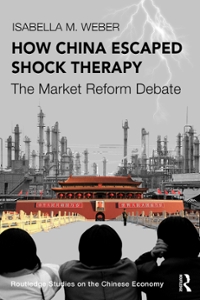Question
Question 1 (1 point) Consider situation below then answer the question. If each country is self-sufficient (no trade) and each allocates one half of its
Question 1(1 point)
Consider situation below then answer the question.
If each country is self-sufficient (no trade) and each allocates one half of its resources to producing each of the two products, what will be the output in each country?
a
40 bread and 20 figs in Rome and 20 bread and 40 figs in Cathay
b
40 bread and 0 figs in Rome and 20 bread and 0 figs in Cathay.
c
20 bread and 10 figs in Rome and 10 bread and 20 figs in Cathay.
Question 9(1 point)
Ensuring the right type of products are produced is referred to as _________ efficiency.
a
Technical
b
Allocative
Question 10(1 point)
We should use money from taxes to help feed the poor.
THIS IS A NORMATIVE STATEMENT.
True
False
Question 11(1 point)
All of the following except one are included in the four Cs used, throughout history, by humankind to coordinate its economies. Which is the exception?
a
Custom
b
Communism
c
Competition
d
Cooperation
Question 12(1 point)
The national debt is at a manageable level and therefore is nothing to worry about.
a
This is a normative statement
b
This is a positive statement
Question 13(1 point)
To use the scientific method you need to test a hypothesis
True
False
Question 14(1 point)
What is theopportunitycost of a particular product?
a
The price paid for that product
b
The value put on that product by the person who bought it.
c
The value of the next-best alternative that is given up as a result of buying that particular product.
Question 16(1 point)
Which of the following terms describes the next best alternative that must be sacrificed as a result of making a particular choice?
a
Microeconomics
b
Opportunity cost.
c
Macroeconomics.
d
Scarcity
Question 17(1 point)
Whenthegovernment spends $15 billion on interest forthenational debt,the opportunitycostistheprogramsthemoney might have been spent on, like education or healthcare.
True
False
Question 18(1 point)
DEMAND is the term for the quantities which consumers are willing and able to buy per period of time at various prices.
True
False
Question 19(1 point)
Gwen had only $10 yesterday. She was uncertain whether to go out for lunch or to buy beer. In the end she bought beer. Which of the following statements is correct?
a
The choice of the beer and not lunch is an example of constant costs.
b
The cost of buying beer is less than lunch.
c
The opportunity cost of beer is lunch.
d
The opportunity cost of beer is $10.
Question 20(1 point)
The government needs to reduce its budget deficit.
THIS IS A POSITIVE STATEMENT.
True
False
Step by Step Solution
There are 3 Steps involved in it
Step: 1

Get Instant Access to Expert-Tailored Solutions
See step-by-step solutions with expert insights and AI powered tools for academic success
Step: 2

Step: 3

Ace Your Homework with AI
Get the answers you need in no time with our AI-driven, step-by-step assistance
Get Started


